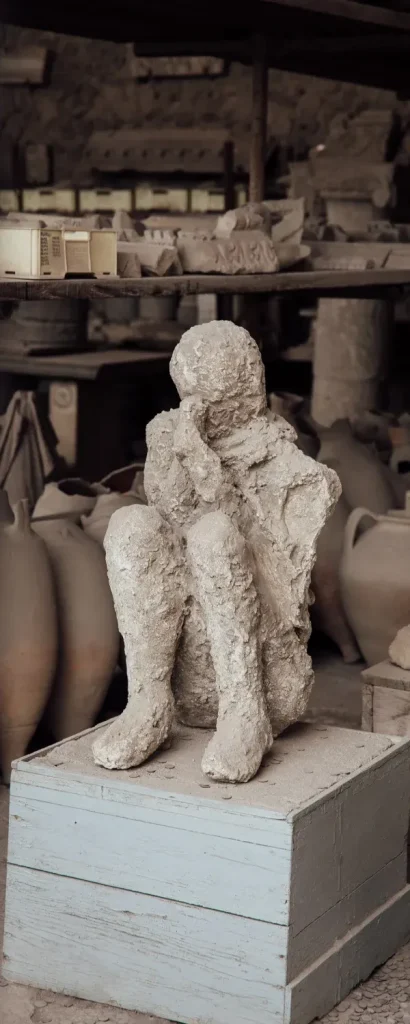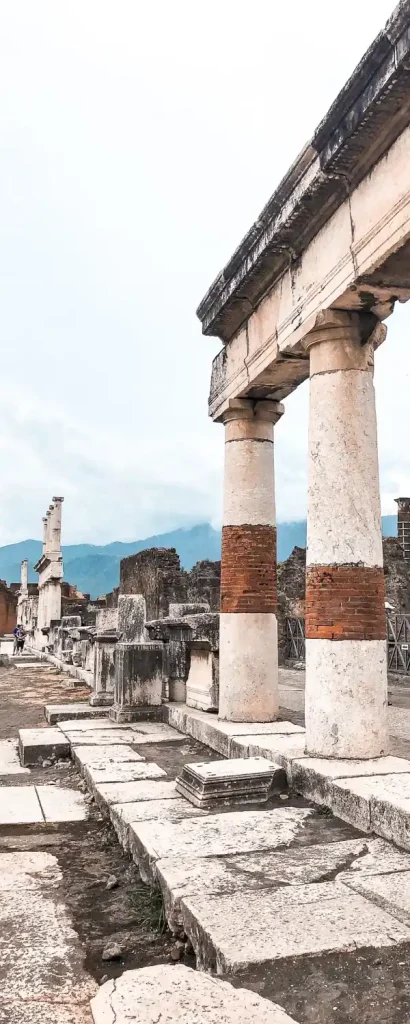Dive into the brief history of Pompeii, where the dawn of civilization began with the Oscan people’s first settlements, setting the stage for a city that would captivate the world’s imagination for centuries.
Pompeii wasn’t actually a volcano itself, but a city that was destroyed by a nearby volcano called Mount Vesuvius. This Pompeii volcano, is a part of the Campanian volcanic arc, has a history of eruptions that have shaped the land and the fate of civilizations around it. Mount Vesuvius, the formidable guardian of Pompeii, has stood as a symbol of nature’s paradoxical beauty and fury.
Visit Pompeii and walk the paths of history, where every stone tells a story, and every corner holds a secret waiting to be uncovered. It’s not just a trip; it’s a voyage back in time


